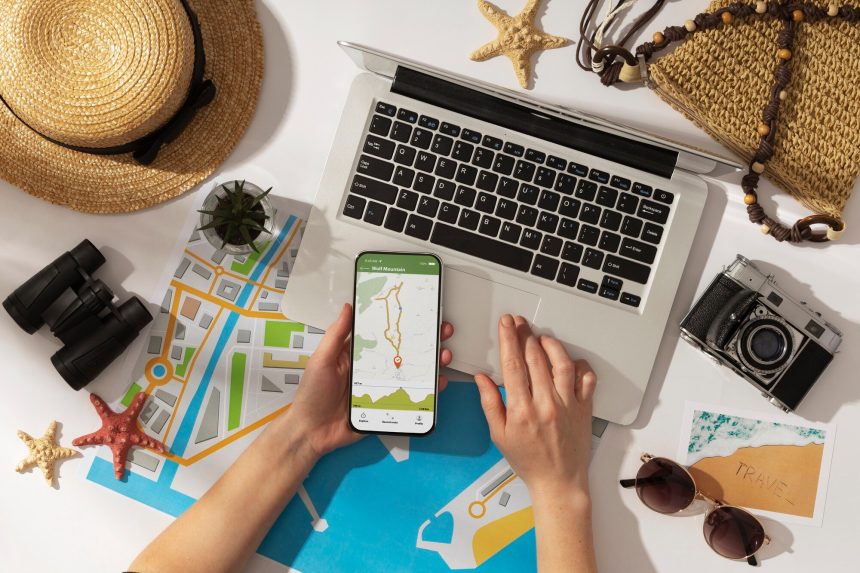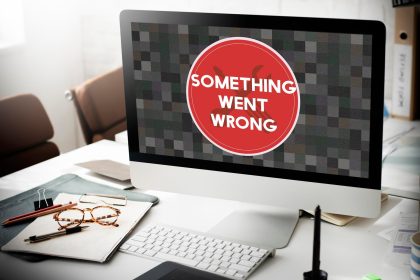In today’s digital world, businesses need to shine online to attract customers. One of the easiest and most powerful ways to do this is through local search in digital marketing. Local search connects businesses with people nearby who are ready to buy. Whether you’re a small bakery or a busy repair shop, local search can help you grow. This article explains what local search is, why it’s a big deal, how it works, and how you can use it. Plus, we’ll back it up with real numbers to show why it matters.
What Is Local Search?
Local search happens when people use search engines like Google to find businesses near them. Think of typing “coffee near me” or “mechanic in Dallas”—that’s local search. It’s all about finding something close, right now. Search engines use your location to show the best matches.
Local search fits into digital marketing because it helps businesses get seen by the right people—those nearby who might walk through the door. Unlike regular searches, it’s all about location, making it perfect for businesses with a physical spot.
Why Local Search Matters
Local search is huge because so many people use it. A study found that 97% of people search online to find local businesses (BrightLocal, 2023). That’s almost everyone! Plus, Google reports that 76% of people who search for something nearby on their phone visit a business within a day (Google, 2021). That’s a fast track from search to sale.
For businesses, this is a goldmine. If someone looks for “pizza near me” and your shop pops up first, they’re more likely to choose you. It’s a simple way to turn online searches into real customers.
How Does Local Search Work?
Local search runs on search engines and smart tools. When someone searches locally, Google checks three things:
- Relevance: Does the business fit the search? If they want a gym, Google skips the bakery.
- Distance: How far is the business? Closer ones usually win.
- Prominence: How popular is the business? Reviews and ratings matter here.
Google uses Google Business Profile (GBP) to make this happen. It’s a free tool where you list your business details—name, address, hours, and more. When someone searches, Google shows this info, often in the Local Pack, that handy map with three businesses at the top.
Imagine you run a pet store in Miami. With a good GBP, a search for “pet supplies near me” could put you in the Local Pack. That’s a top spot in digital marketing!
The Benefits of Local Search
Local search does more than get you noticed—it grows your business. Here’s why:
- More Visitors: Local searches bring people to your door. Research shows 78% of local mobile searches end in a store visit (HubSpot, 2023).
- Builds Trust: Good reviews in local search make people feel confident. About 87% of consumers check reviews before picking a business (BrightLocal, 2023).
- Saves Money: Tools like GBP are free, and local search is cheaper than big ads.
- Beats Rivals: Ranking high means you grab customers before competitors do.
A small flower shop, for example, could outshine a big chain by topping “florist near me” searches. That’s local search magic.
How to Win at Local Search
Ready to use local search? Here’s how to start:
- Set Up Google Business Profile
Claim your spot on Google Business Profile. Add your details and photos. Keep it fresh—businesses with full profiles rank better (Moz, 2023). - Add Local Keywords
Use words like “best burgers in Seattle” on your website. Try Google Keyword Planner to find good ones. - Ask for Reviews
Get customers to leave reviews on GBP. More reviews mean more clicks—businesses with 10+ reviews see 50% more traffic (BrightLocal, 2023). - Go Mobile-Friendly
Most local searches are on phones. If your site’s clunky, people leave. Test it with Google’s Mobile-Friendly tool. - Create Location Pages
Got multiple spots? Make a page for each with its address and hours. It helps Google connect the dots.
Proof It Works
The numbers don’t lie. Local search ads bring in $11 for every $1 spent (Statista, 2022). And in a real case, a Denver coffee shop boosted online views by 40% and store visits by 25% in three months after focusing on local search (Search Engine Journal, 2023). That’s growth you can see.
Challenges to Watch
Local search takes effort. Ranking high can be slow in crowded areas. Keeping your info the same everywhere online is tough but vital—mistakes confuse Google. Bad reviews can hurt, too, but a kind reply can fix it.
Note
Local search is your ticket to getting found fast in digital marketing. It brings customers to you, builds trust, and saves cash. With tools like Google Business Profile and a few smart steps, any business can shine. The data proves it: local search delivers. Start today, and watch your customers find you right where they are.
References
BrightLocal. (2023). Local consumer review survey 2023. https://www.brightlocal.com/research/local-consumer-review-survey/
Google. (2021). How local search drives in-store traffic. https://www.thinkwithgoogle.com/consumer-insights/local-search-stats/
HubSpot. (2023). The ultimate guide to local marketing. https://www.hubspot.com/local-marketing-guide
Moz. (2023). Local search ranking factors 2023. https://moz.com/local-search-ranking-factors
Search Engine Journal. (2023). Case study: How a Denver coffee shop boosted traffic with local SEO. https://www.searchenginejournal.com/local-seo-case-study/
Statista. (2022). ROI of local search advertising. https://www.statista.com/statistics/local-search-ad-roi/
















